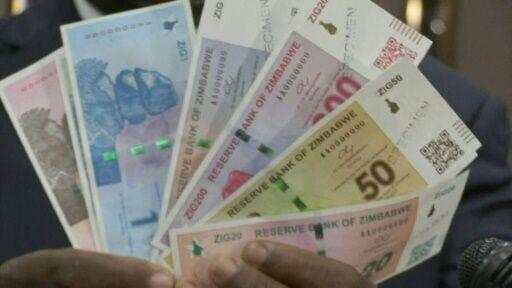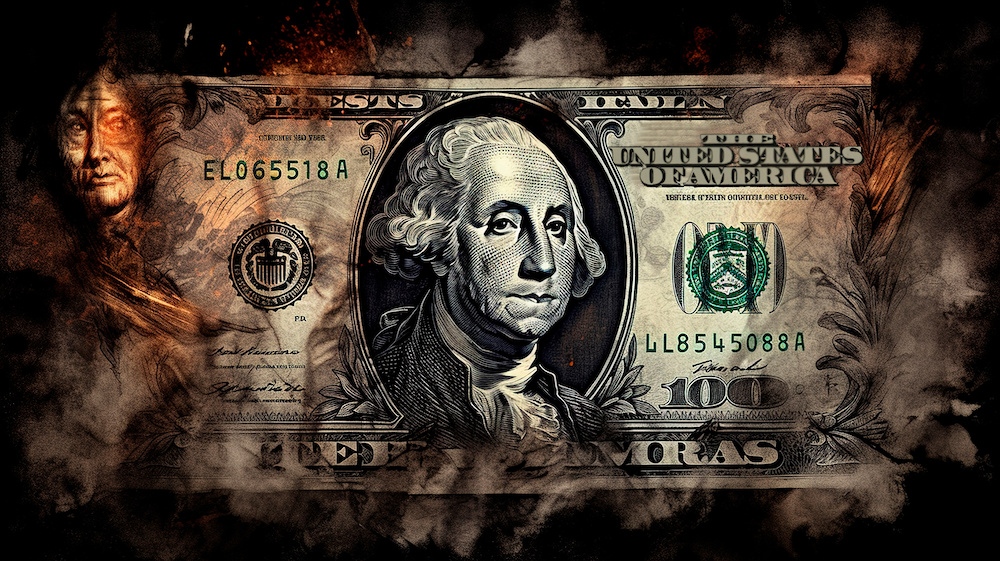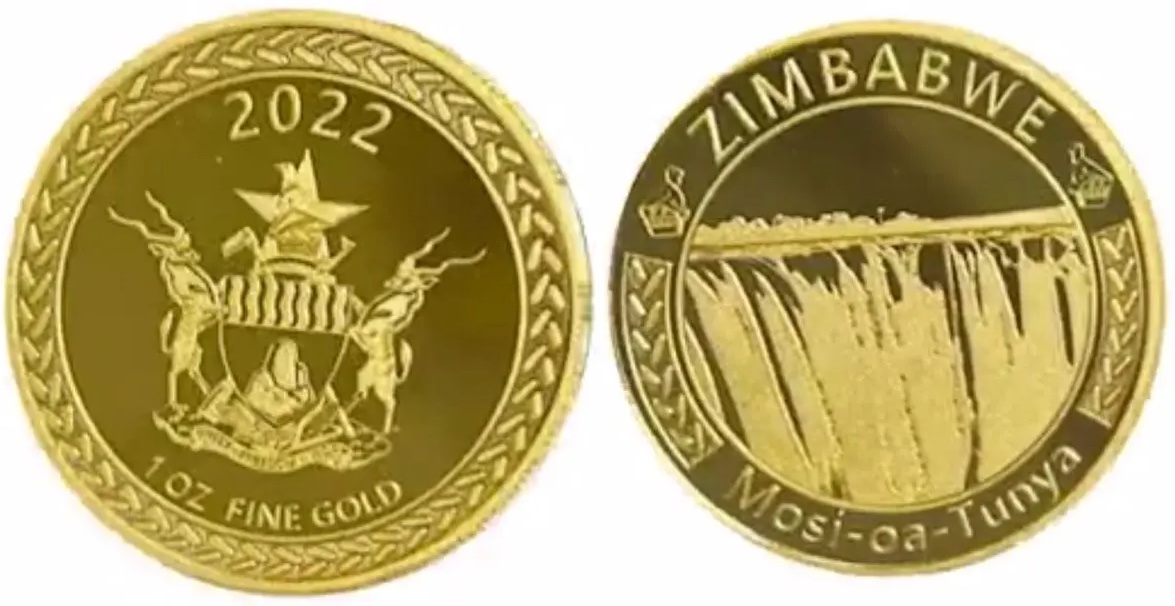Zimbabwe Launches Gold Backed Currency to Replace Dollar
To help battle the latest round of inflation, the Central Bankers and politicians are turning to the oldest form of money known to civilization. This week, Zimbabwe launched a new “structured currency” backed in part by gold.


